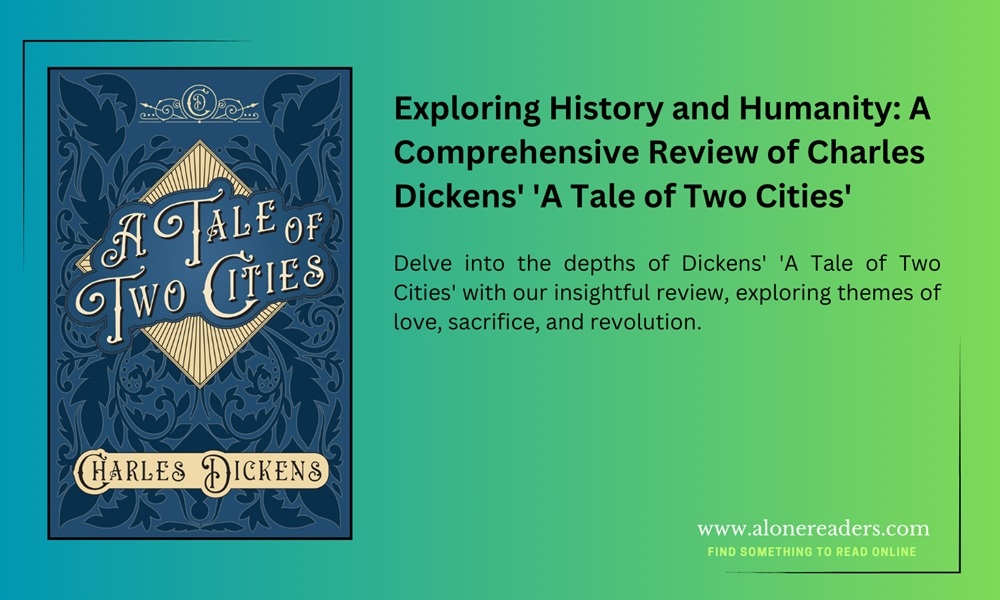
Charles Dickens, a name synonymous with 19th-century literature, weaves a powerful narrative in his historical novel, "A Tale of Two Cities." Set against the backdrop of the French Revolution, this masterpiece oscillates between the cities of London and Paris, offering a profound exploration of socio-political upheaval and the resilience of the human spirit.
The novel opens with one of the most famous lines in English literature: “It was the best of times, it was the worst of times.” This paradoxical statement sets the stage for a story that encapsulates the extremes of human nature and societal conditions. Dickens delves into the dichotomies of love and hate, chaos and peace, highlighting how these forces coexist and interact during tumultuous times.
At its core, "A Tale of Two Cities" is a study of characters caught in the whirlwind of historical events. Dr. Manette, an unjustly imprisoned physician, embodies the trauma and resilience resulting from political oppression. His daughter, Lucie Manette, is a beacon of hope and compassion, influencing characters around her to strive for better. Charles Darnay and Sydney Carton, two men who look strikingly similar but whose lives and destinies are wildly different, represent themes of sacrifice and redemption.
Dickens skillfully uses these characters to not only tell a personal story but also to comment on the broader societal issues of his time. The French Revolution, with its call for liberty and fraternity, is depicted in all its glory and horror. The author does not shy away from illustrating the brutality and bloodlust that can arise from a collective thirst for justice and vengeance.
One of the novel's most significant achievements is its portrayal of the Revolution's impact on both the collective and the individual. Dickens shows us not only the grand scale of historical change but also its intimate effects on people's lives. From the storming of the Bastille to the Reign of Terror, the historical events are not just a backdrop but a catalyst that propels the characters’ journeys.
The theme of resurrection pervades the narrative. Characters like Dr. Manette, who is "recalled to life" after 18 years of imprisonment, and Sydney Carton, whose act of ultimate sacrifice signifies a moral and spiritual rebirth, highlight this motif. This theme is not limited to individuals; it extends to society at large, suggesting the possibility of renewal and change out of chaos and destruction.
Dickens' writing style in "A Tale of Two Cities" is both vivid and ornate. His descriptive prowess paints a graphic picture of the era, bringing to life the streets of Paris and London. The author's attention to detail and his dramatic narrative technique make the story not just a literary piece but a sensory experience.
However, the novel is not without its criticisms. Some readers may find Dickens' language overly intricate, and the pacing of the story somewhat uneven. The complex narrative structure, shifting between multiple characters and locations, can be challenging to follow. Nonetheless, these elements are integral to the fabric of the story, adding depth and richness to the narrative.
In conclusion, "A Tale of Two Cities" is more than just a historical novel; it is a profound commentary on the human condition. Through his vivid characters and dramatic plot, Dickens offers insight into the best and worst of humanity. The novel remains relevant today, reminding us of the enduring human struggles for justice, equality, and redemption. It's a testament to Dickens' genius and a must-read for those who appreciate literary masterpieces that delve deep into the heart of history and human nature.